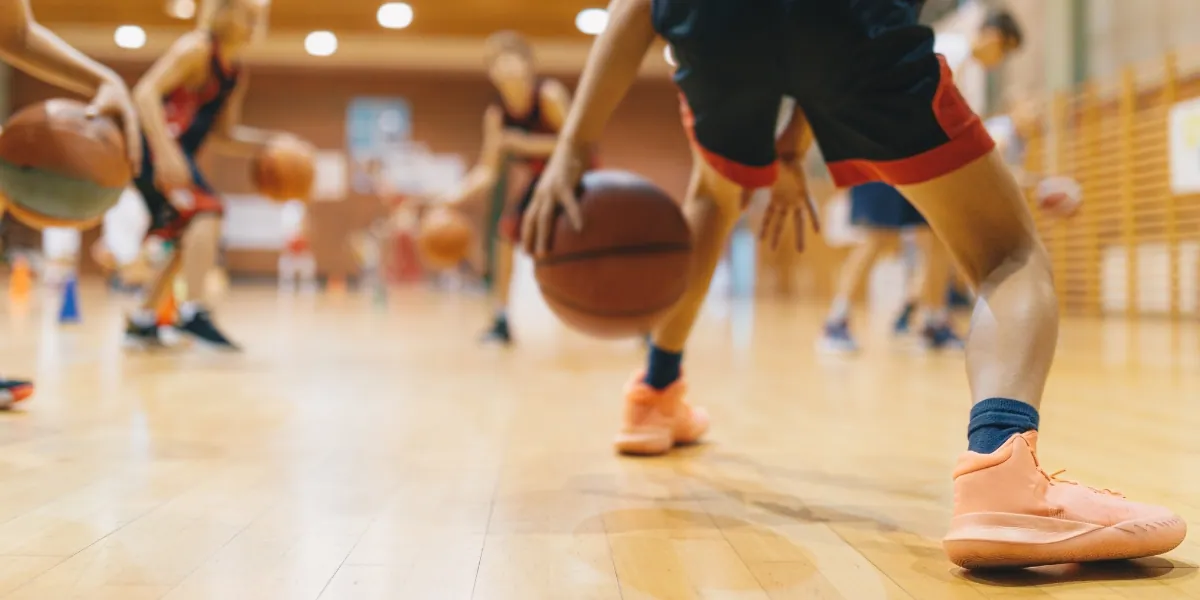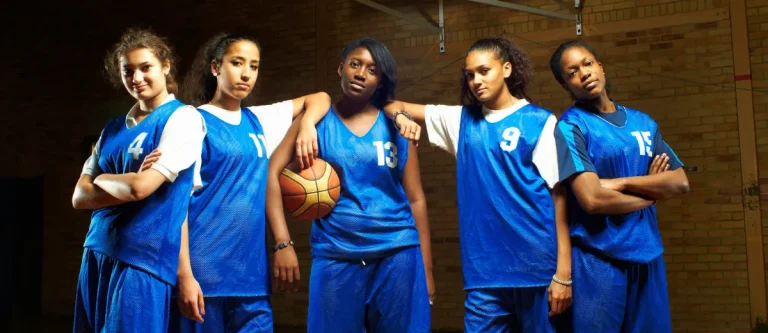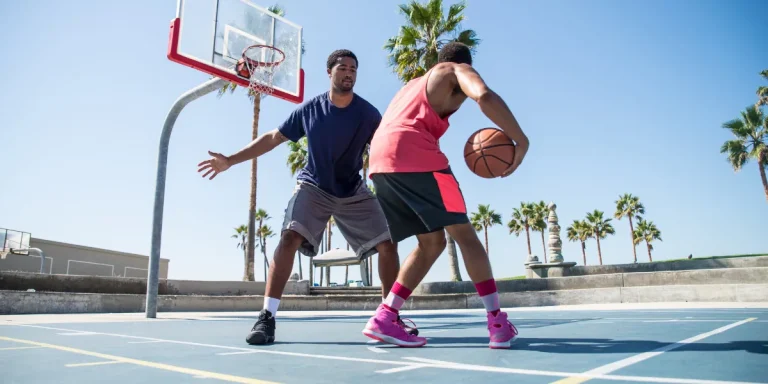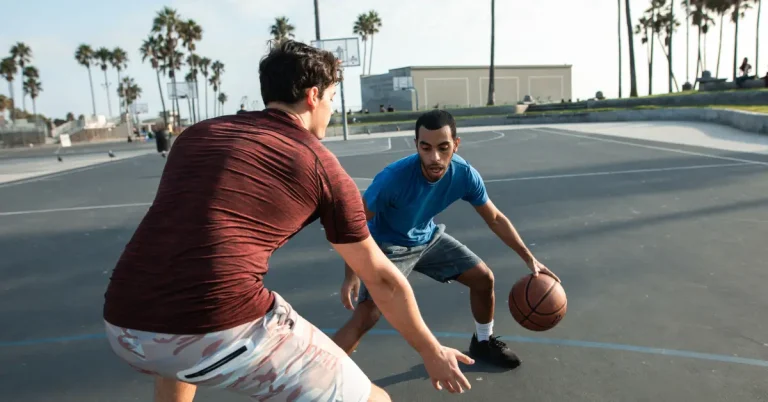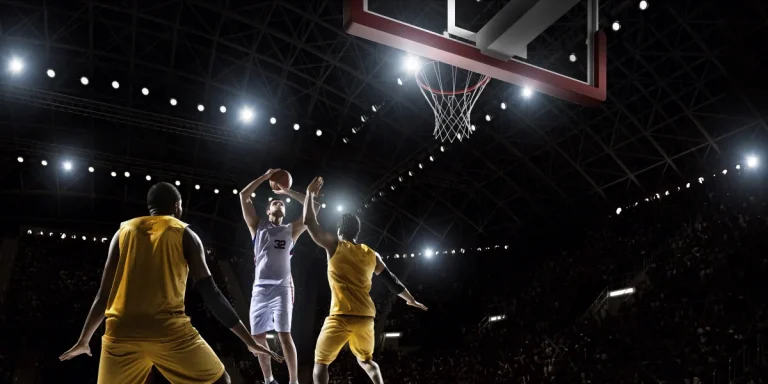What is Carrying in NBA Basketball?
In the thrilling realm of NBA basketball, there’s a lot to learn, especially for newcomers to the sport. One term that often pops up in discussions is “carry in basketball.” But what exactly does it mean, and why does it matter? Don’t worry if you’re feeling a bit confused – we’re here to break it down for you. The carry, also known as palming, is a rule violation that players need to avoid. It might sound complicated, but we’ll take you through it step by step so you can understand how it affects the game and why it’s essential to grasp, even for beginners.
What is Carry in Basketball?
In basketball, a “carry” is when a player briefly holds or pauses the ball while dribbling, often with their hand underneath the ball.
Types of Carries in Basketball
There are different types of carries that can occur in basketball, and each one is a violation of the rules. Here are some of the most common types of carries:
Palming Carry: This occurs when a player holds the ball in one hand and then carries it by bringing the hand underneath the ball, resulting in a loss of control.
Underarm Carry: This type of carry happens when a player moves the ball from one hand to the other while dribbling, but instead of releasing it, the player tucks it under their arm and continues dribbling.
High Dribble Carry: This violation occurs when a player dribbles the ball too high, allowing it to rest in their palm or on the back of their hand.
Half-carry: This happens when a player momentarily loses control of the ball while dribbling and then catches it, resulting in a carry violation.
Full-carry: This is when a player completely loses control of the ball and then catches it, resulting in a carry violation.
It’s important to note that carrying the ball is a violation, regardless of whether it was intentional or accidental.
Rules and Penalties of Carry in Basketball
Here are the basic NBA basketball carry rules and penalties:
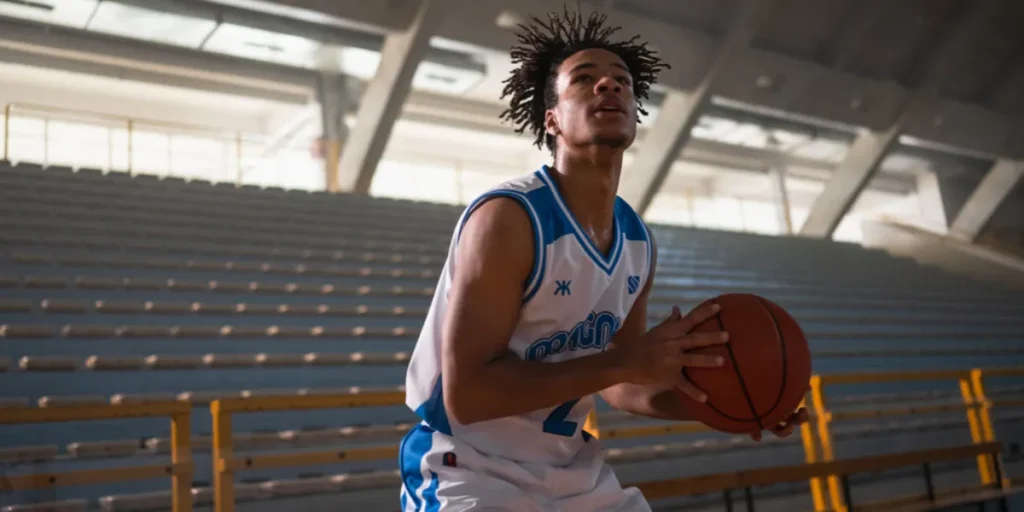
Carrying Violation: Carrying the ball is considered a violation of the rules in basketball. It occurs when a player dribbles the ball and then allows it to come to rest in one hand, or carries it excessively.
Penalty: When a carrying violation is committed, the opposing team is awarded possession of the ball. The violation results in a turnover, and the opposing team gets the ball inbounded to them from the sideline or baseline, depending on where the violation occurred.
Refereeing: Referees are responsible for enforcing the carrying rule during gameplay. They closely monitor players’ dribbling techniques and intervene when they observe a carrying violation.
Player Responsibility: Players are expected to dribble the ball legally, ensuring that it remains in continuous motion while in their possession. They must avoid any actions that involve carrying or palming the ball to gain an unfair advantage.
Skill Development: Coaches and trainers emphasize proper dribbling techniques to prevent carrying violations. Players are taught to keep their hands on top of the ball while dribbling and to avoid letting it rest in their palms.
Judgment Call: In some cases, what constitutes a carrying violation may be subjective and open to interpretation by referees. However, blatant violations where the ball is held or carried are typically called consistently.
Tips for Avoiding Carrying Violations in Basketball
To avoid carrying violations in basketball, players should focus on developing good dribbling skills and technique. Here are some tips to help players avoid carrying the ball:
Keep the ball low: One of the best ways to avoid carrying the ball is to keep it low to the ground while dribbling. This makes it harder for defenders to steal the ball and reduces the risk of a carry violation.
Use fingertips: Players should use their fingertips, not their palms, to dribble the ball. This allows for better control and reduces the risk of a carry violation.
Keep the hand on top of the ball: Players should keep their hand on top of the ball while dribbling and avoid placing it underneath it. This reduces the risk of a palming violation.
Practice different dribbling techniques: Players should practice different dribbling techniques, such as crossovers, behind-the-back dribbles, and between-the-legs dribbles, to improve their dribbling skills and avoid carrying violations.
Stay aware of the ball: Players should stay aware of the ball and focus on maintaining control while dribbling. This includes keeping their eyes on the ball and avoiding distractions that can lead to a carry violation.
Benefits of Avoiding Carrying Violations in Basketball
Avoiding the “carrying” violation in basketball can have several benefits for players and teams. Here are some of the benefits of playing without any violations:
Fewer turnovers: Carrying violations often results in turnovers, which can be costly for teams. By avoiding carrying violations, teams can reduce the number of turnovers and improve their chances of winning the game.
Better ball control: By focusing on good dribbling technique and avoiding carrying violations, players can improve their overall ball control and reduce the risk of losing possession.
More scoring opportunities: By reducing turnovers and maintaining possession, teams can create more scoring opportunities and increase their chances of scoring points.
Improved team morale: Avoiding carrying violations can also improve team morale and confidence, as players are less likely to make mistakes and lose possession.
Fair play: Following the rules and avoiding carrying violations promotes fair play and sportsmanship in basketball. This helps to maintain a competitive and respectful environment for all players and teams.
Overall, avoiding carrying violations is an important aspect of playing basketball and can have several benefits for players and teams. By focusing on good dribbling technique and staying aware of the ball, players can improve their performance on the court and help their team achieve success.
Consequences of Carrying Violations in Basketball
Carrying violations in basketball can have several consequences for players and teams. Here are some of the potential consequences:

Turnovers: Carrying violations often results in turnovers, which can be costly for teams. Turnovers can lead to missed scoring opportunities and give the opposing team an advantage.
Foul calls: Carrying violations can also result in foul calls, as players may use their free hand to support the ball while dribbling. This can lead to personal fouls and free-throw opportunities for the opposing team.
Loss of possession: In addition to turnovers, carrying violations can also result in the loss of possession. If the violation is severe enough, the opposing team may be awarded possession of the ball.
Loss of confidence: Repeated carrying violations can lead to frustration and a loss of confidence for players. This can impact their performance on the court and affect the overall team dynamic.
Unsportsmanlike conduct: Carrying violations can be seen as unsportsmanlike conduct, as they violate the rules of the game. This can lead to disciplinary action from referees or league officials.
Carrying a violation in basketball can have several negative consequences for players and teams. It’s important to focus on good dribbling technique and avoid carrying violations to prevent turnovers, fouls, and losses of possession.
The Evolution of the Carry Rule in Basketball
The carry rule in basketball has evolved over time to prevent players from gaining an unfair advantage through illegal ball-handling techniques. Initially, the rule only allowed for fingertip touches and prohibited carrying or palming.
Modifications in 1909 and 1949 allowed for greater control and creativity in ball-handling. Today, the rule prohibits taking more than two steps while holding the ball or carrying it while dribbling. The rule promotes fair play and equal opportunity for all players.
FAQs
What is the carry rule in basketball?
The carry rule in basketball is a regulation that limits how players can handle the ball while dribbling. It is also known as the “palming” rule and is designed to prevent players from gaining an unfair advantage through illegal ball-handling techniques.
How has the carry rule evolved over time?
The carry rule has evolved over time, allowing for greater ball control and creativity. Initially, only fingertip touches were allowed, and carrying was prohibited. Modifications in 1909 and 1949 allowed for more control and brief carrying while changing direction. Today, the rule prohibits taking more than two steps while holding or carrying the ball during dribbling.
How can players avoid “carrying” violations?
Players can avoid carrying violations by improving their dribbling skills through practice and proper technique, which involves keeping the hand on top of the ball and pushing it down with the fingers. They should also avoid taking more than two steps before dribbling again and stay up-to-date on the current interpretation of the carry rule to maintain fair play on the court.
Conclusion
Understanding the carry rule in basketball is essential for players to avoid violations and maintain fair play on the court. Improving dribbling skills through practice and proper technique can help prevent carrying violations and improve ball control.
As the game of basketball continues to evolve, it is important for players to stay up-to-date on the current interpretation of the carry rule and adhere to its guidelines to ensure a level playing field for all. By mastering the carry rule and good dribbling technique, players can enhance their performance and contribute to the success of their team.

Passionate basketball player striving for excellence on and off the court. Dedicated to the game since youth, I have honed skills through years of practice. Explore my journey, gear reviews, and dunking tips. Let’s elevate our game together!

